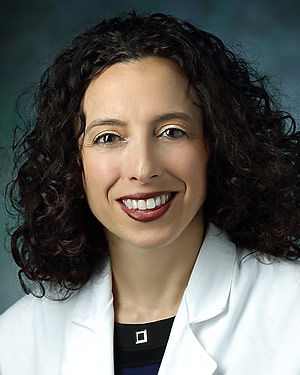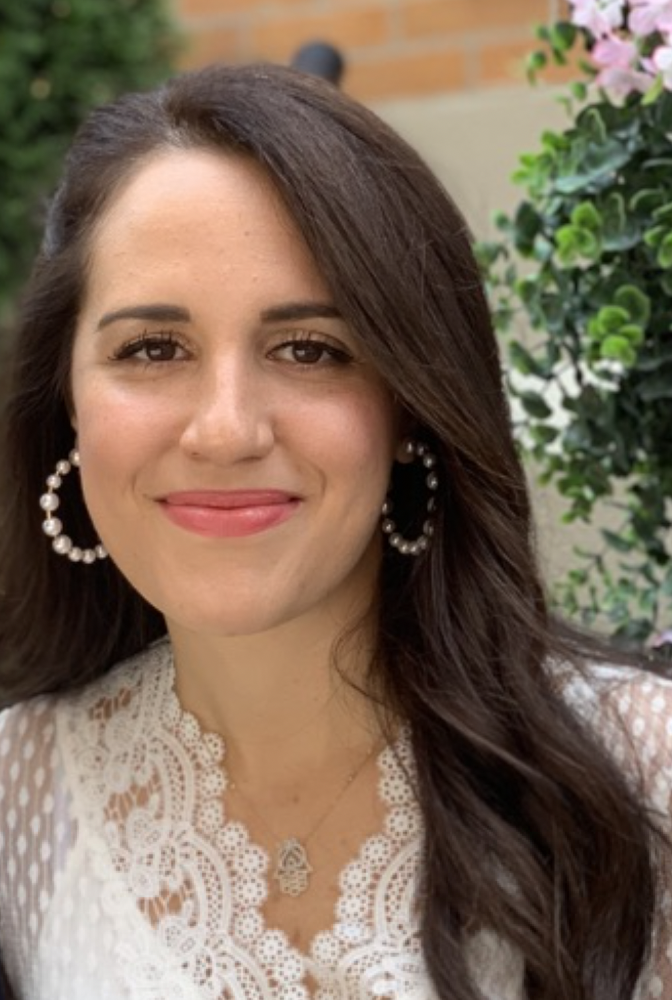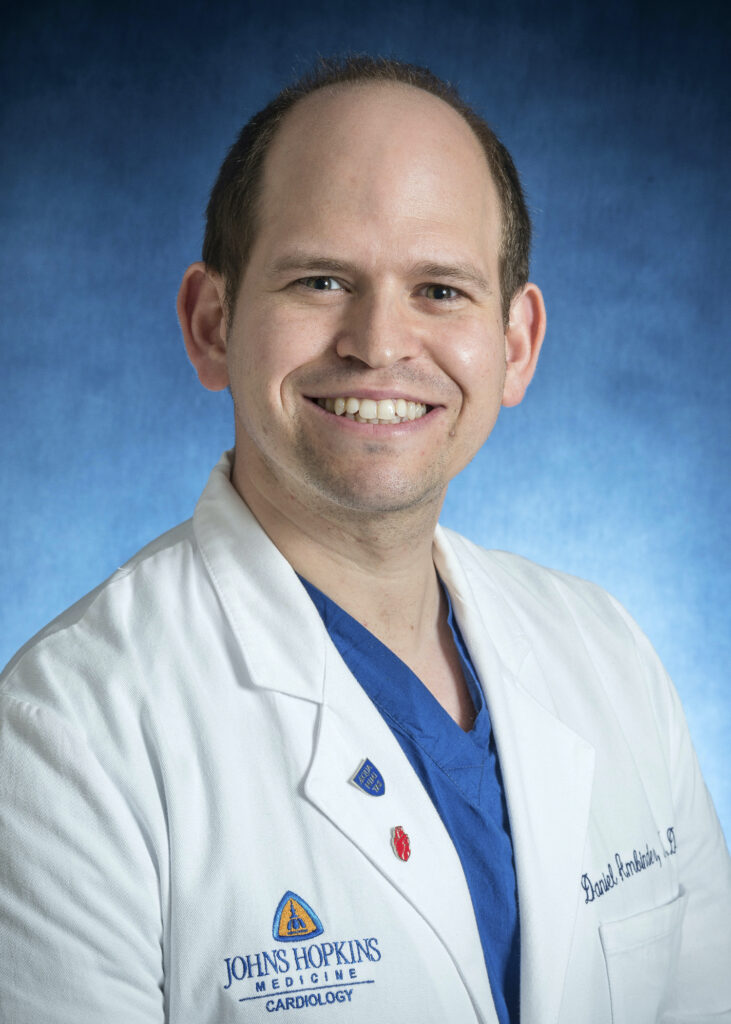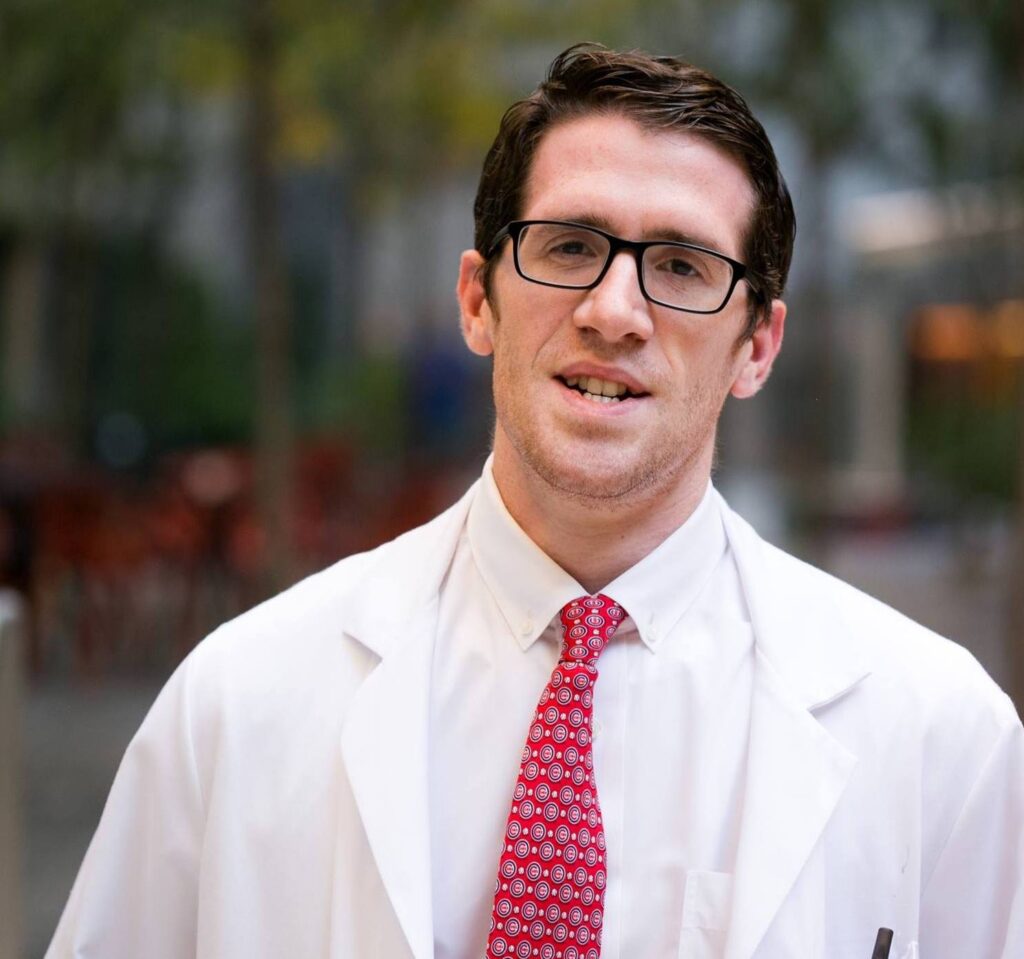
 Cardionerds: A Cardiology Podcast
Cardionerds: A Cardiology Podcast 91. Aspirin, Vitamin D, Calcium & Omega 3 Fatty Acids Supplementation with Dr. Erin Michos
The CardioNerds (Carine Hamo and Daniel Ambinder) discuss aspirin as primary prevention, Vitamin D, Calcium, and omega 3 fatty acids supplementation with Dr. Erin Michos, director of women’s cardiovascular health and the associate director of preventive cardiology with Johns Hopkins Ciccarone Center for the Prevention of Cardiovascular Disease. We are also joined by Dr. Michos’ mentees, Dr. Rick Ferraro, Dr. Andi Shahu, and student doctor Sunyoung (Sarah) Jang for a discussion about mentorship and career development. This episode was produced by Dr. Rick Ferraro and Dr. Carine Hamo. Show notes & references by Dr. Amit Goyal.

Cardionerds Cardiovascular Prevention Page
CardioNerds Episode Page
Subscribe to our newsletter- The Heartbeat
Support our educational mission by becoming a Patron!
Show notes – Aspirin, Vitamin D, Calcium & Omega 3 Fatty Acids Supplementation
What is the role of aspirin for primary ASCVD prevention?
- The Conundrum: ASCVD event rates are much lower in the primary prevention than in the secondary prevention population, BUT the bleeding rates are comparable. So in the primary prevention patients, the bleeding risk is just as high, but the propensity for benefit is lower.
- The Question: Does low dose aspirin have a place in the primary prevention of ASCVD events.
- The Data:
- ARRIVE Trial: in moderate risk nondiabetic patients without prior ASCVD events, there was no different in the composite ASCVD end point, but there was an increased risk of bleeding (mostly mild GI bleeding). Thus, in the moderate risk patients –> primary prevention aspirin has an unfavorable risk-benefit profile. The benefit in a higher risk (>10-20% estimated 10-yr risk) remains unclear.
- ASCEND Trial: In men and women age ≥ 40yrs with diabetes without prior ASCVD events, there was a modest benefit (NNT = 59 patients for 10 years to prevent 1 major ASCVD event) counterbalanced by a similar magnitude of harm (NNH = 77 patients for 10 years to cause 1 major bleeding event). Thus, in adults with diabetes –> primary prevention aspirin had a neutral risk-benefit profile.
- ASPREE Trial: in elderly patients (≥ 70 years; ≥ 65 years for Hispanic or Black patients) without prior ASCVD events, there was no difference in ASCVD events but there was a significant increase in bleeding events (NNH = 42 patients for 10 years to cause 1 major bleeding event). The trial was stopped early due to futility. Interestingly, there was higher all-cause mortality driven primarily by cancer. Importantly, patients had to have a life expectancy longer than 5 years and those with dementia, substantial physical disability, or high estimated bleeding risk were excluded. Thus, in elderly patients –> primary prevention aspirin led to overall harm.
- The Recommendations:
- There was insufficient evidence to recommend a specific risk threshold for starting primary prevention aspirin. This may be due to more widespread contemporary prevention strategies like lifestyle management, tobacco cessation, statin use, better blood pressure control, etc.
- Individualize the decision based on the totality of evidence for an individual’s risk of ASCVD events versus bleeding events. Notably, those with higher ASCVD risk generally also have a higher bleeding risk.
- Class IIB: Low-dose aspirin (75-100 mg orally daily) might be considered for the primary prevention of ASCVD among select adults 40 to 70 years of age who are at higher ASCVD risk but not at increased bleeding risk.
- There may be a role for primary prevention aspirin in select adults with a high estimated ASCVD risk and low bleeding risk.
- CAC score ≥ 100 may help identify those might benefit from primary prevention aspirin.
- As always, shared decision making remains crucial.
- Class III: Low-dose aspirin (75-100 mg orally daily) should not be administered on a routine basis for the primary prevention of ASCVD among adults >70 years of age.
- Class III: Low-dose aspirin (75-100 mg orally daily) should not be administered for the primary prevention of ASCVD among adults of any age who are at increased risk of bleeding.
What is the role of Vitamin D supplementation in preventing cardiovascular disease?
- The Conundrum: Low levels of Vit D is associated with increased risk of CV outcomes including myocardial infarction, stroke, heart failure, atrial fibrillation, and more. But while low Vit D seems to be a marker for bad outcomes, correlation ≠ causation. Notably, this correlation was not confirmed by Mendelian randomization studies, further refuting possible causation. Confounding factors include links between low Vit D levels and obesity and sedentary lifestyle, themselves risk factors for adverse CV outcomes.
- The Question: Given the association between low Vit D levels & CV disease –> can you prevent CV disease by identifying and treating low Vit D with supplementation.
- The Data:
- Randomized Clinical Trials –> treatment with vitamin D does not prevent CV disease.
- Women’s Health Initiative: Calcium & Vit D supplementation had no effect on incident coronary or cerebrovascular events. But perhaps this was due to a low Vit D dose of only 400 IU daily. Would a higher dose have benefit?
- ViDA Study: monthly high-dose Vit D supplementation (100,000 IU of D3) did not prevent CV disease, including within the 25% of patients who had level < 20 ng/mL. But this was an atypical supplementation regimen.
- Vital Trial: neither n-3 fatty acid (1g/day) nor Vit D3 (2000 IU/day) were effective for primary prevention of CV or cancer events among healthy middle-aged men and women over 5 years of follow-up. This was among the largest of the Vit D supplementation trials targeting CV outcomes and most definitively argues against the benefit of supplementation.
- The Recommendations:
- Data for Vit D supplementation to improve CV outcomes is all null.
- National Academy of Medicine:
- Age 19-70 years: 600 IU daily
- Age > 70: 800 IU daily
- Level <12 ng/mL indicates deficiency, 12-20 ng/mL is inadequate, and >20 ng/mL is adequate for bone and overall health. But the optimal level remains contested. The Endocrine Society recommends aiming for level ≥ 30 ng/mL.
What is the role of Calcium supplementation in preventing cardiovascular disease?
- The Conundrum: Calcium supplementation is common and important for bone health. However there is some concern that excess calcium may worsen adverse CV outcomes.
- The Question: Does calcium intake cause CV harm?
- The Data:
- The Auckland Calcium Study: raised concern that calcium supplementation may increase cardiovascular risk (secondary analysis of a study designed to assess impact on bone health).
- EPIC-Heidelberg, MESA, & other observational studies: calcium supplementation is associated with adverse cardiovascular events. In contrast, calcium intake from food sources does not seem to be associated with adverse CV events.
- Meta-analysis by Khan et al. 2019: calcium + Vit D was associated with an increased risk for stroke.
- These findings may be from the bolus effect of calcium supplementation whereby a sudden rise in serum calcium levels may result in vascular calcium deposition and interact with the coagulation cascade.
- The Recommendations:
- Use calcium supplementation cautiously, according to the recommended daily intake, and using food sources.
- Personalized approach using shared decision making considering CV risk and bone health.
- Avoid excess calcium supplementation.
- Recommended daily intake:
- Adults aged 19-50 years old & Men aged 51-70 years: 1000 mg/day
- Adults aged >70 years and Women aged 51-70: 1200 mg/day
What is the role of Omega-3 Polyunsaturated Fatty Acids in preventing cardiovascular disease?
- The Conundrum: High triglyceride levels are associated with adverse CV events, but triglyceride-reducing agents like niacin and fibrates, have not been effective in reducing the risk of these events.
- The Question: Does intake of Omega-3 Fatty Acids improve CV health and if so, what is the appropriate formulation?
- The Data:
- ASCEND Omega-3 Trial & VITAL Trial: lower doses of EPA/DHA combination omega-3 fatty acids ~840mg daily are not beneficial in reducing CV events.
- REDUCE-IT Trial: 4g of icosapent ethyl (IPE – a pure EPA formulation) daily reduced MACE events in those with elevated triglyceride levels despite statin use. The Japanese JELIS trial also showed a CV benefit using a lower dose of pure EPA (1.8mg daily) among statin-treated adults with hyperlipidemia.
- STRENGTH Trial: 4g EPA/DHA Omega 3-fatty acid formulation failed to show CV benefit among statin-treated patients with dysplipidemia. The difference from REDUCE-IT trial may be due to the drug formulations (pure EPA vs EPA/DHA combination). Notably, in REDUCE-IT, the benefit had a dose-response relationship with blood levels of EPA; the higher the EPA, the greater the benefit.
- Dietary fish oil supplements may include a substantial portion of harmful saturated fats vs the beneficial polyunsaturated fats. Dietary supplements have been shows to contain far less Omega-3 fatty acids than indicated on the label! Furthermore, dietary supplements may get oxidized and contain harmful contaminants.
- The Recommendations:
- Use IPE 4g daily for patients ≥ 45 years old with established ASCVD or ≥ 50 years old with diabetes & other risk factor(s) who are on maximally tolerated statin and continue to have elevated Triglyceride level 135-499 mg/dL.
- The marked CV benefit from icosapent ethyl seen in the REDUCE-IT trial should not be extrapolated to other fish oil preparations!
The Cardionerds CV prevention series includes in-depth deep dives on so many prevention topics including the ABCs of prevention, approach to obesity, hypertension, diabetes mellitus and anti-diabetes agents, personalized risk and genetic risk assessments, hyperlipidemia, women’s cardiovascular prevention, coronary calcium scoring and so much more!
We are truly honored to be producing the Cardionerds CVD Prevention Series in collaboration with the American Society for Preventive Cardiology! The ASPC is an incredible resource for learning, networking, and promoting the ideals of cardiovascular prevention! This series is kicked off by a message from Dr. Amit Khera, President of the American Society for Preventive Cardiology and President of the SouthWest Affiliate of the American Heart Association.

Guest Profiles
Dr. Erin Donnelly Michos is an Associate Professor of Medicine at Johns Hopkins School of Medicine, with joint appointment in the Department of Epidemiology at the Johns Hopkins Bloomberg School of Public Health. She is the Director of Women’s Cardiovascular Health and the Associate Director of Preventive Cardiology with the Johns Hopkins Ciccarone Center for the Prevention of Cardiovascular Disease. Dr. Michos completed medical school at Northwestern University in Chicago, IL, and then completed both her Internal Medicine residency and Cardiology fellowship at the Johns Hopkins Hospital in Baltimore, MD. She also completed her MHS in Cardiovascular Epidemiology at the Johns Hopkins Bloomberg School of Public Health. She has authored or co-authored over 300 manuscripts in peer reviewed journals and is an internationally known leader in preventive cardiology and women’s health.
Dr. Rick Ferraro is midwest raised, spent two years as a Teach For America Corps member teaching science in Milwaukee before heading to medical school at Weill Cornell Medicine in NYC. Current senior resident at the Osler Medical Residency program and will begin cardiology fellowship at Johns Hopkins Hospital in 2021. Completed intern year under the incredible leadership of Dr. Amit Goyal. Interested in cardiovascular prevention and imaging
Dr. Andi Shahu is a resident physician in the Osler Medical Residency in Internal Medicine at Johns Hopkins Hospital in Baltimore, MD. He will begin General Cardiology fellowship in July 2021 at Yale University. He is interested in the intersection between cardiovascular outcomes, health equity and health policy. You can follow him on Twitter @andishahu.
Sunyoung (Sarah) Jang is a third year medical student at the Johns Hopkins School of Medicine in Baltimore, MD. Interested in public health, she was drawn to Cardiology when she learned that cardiovascular diseases were the leading cause of death globally. She aspires to pursue a career in Cardiology with continued interest in public health, preventative medicine and high value care.
References and Links
Referenced work by Dr. Michos Mentees in this episode
AHA Press release: Low-income adults less likely to receive preventive heart disease care.







